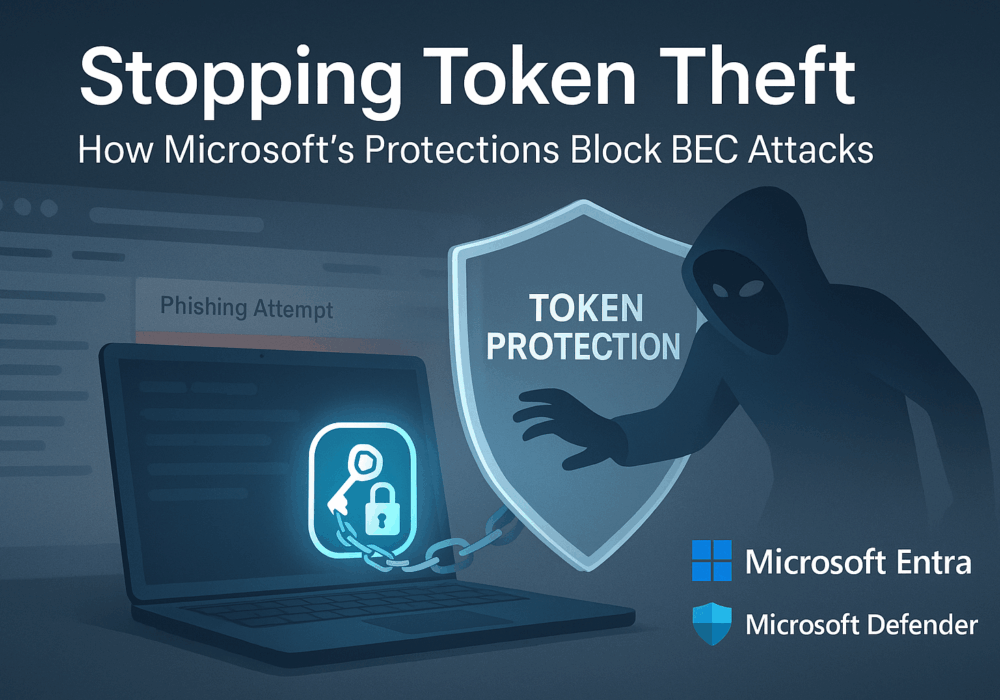
One of the most exciting trends in cybersecurity is the shift toward a passwordless and keyless future. As cyber threats grow more sophisticated, traditional authentication methods—especially passwords—are proving increasingly vulnerable. Let’s delve into what this means for the future of cybersecurity and how your organization can prepare for these cutting-edge changes.
Passwords have long been the cornerstone of authentication, but they come with significant weaknesses. Human error plays a huge role—people tend to reuse passwords, create weak ones, or fall for phishing schemes that expose them. Passwords are also increasingly vulnerable to brute-force attacks, social engineering, and data breaches. Similarly, physical keys or tokens, while more secure, can be lost, stolen, or misused.
This inherent vulnerability has led cybersecurity professionals to pursue more secure, user-friendly alternatives that reduce reliance on human-controlled elements like passwords or keys.
Passwordless authentication methods aim to eliminate the need for users to create, remember, or manage passwords. These methods leverage advanced technologies such as:
These technologies are already in use by major tech companies like Google and Microsoft, which have implemented passwordless options for user logins. For example, Microsoft allows users to sign in with Windows Hello, which leverages facial recognition or a fingerprint instead of a password.
Keyless authentication focuses on removing the dependency on physical hardware tokens (such as smartcards or USB keys) in favor of more dynamic solutions. By relying on smartphone-based authentication or cloud-managed keys, this technology is making authentication more seamless and accessible.
Here are some examples of keyless authentication approaches:
By transitioning to keyless methods, organizations can streamline operations and reduce the risk associated with lost or stolen keys.
The move toward passwordless and keyless authentication offers several key benefits for cybersecurity:
As these technologies become more widespread, organizations should begin planning for the transition to passwordless and keyless authentication. Here are some steps to consider:
The passwordless and keyless future is not a distant dream—it’s happening now. As organizations continue to adopt these more secure and user-friendly authentication methods, the cybersecurity landscape is set to change dramatically. By eliminating the vulnerabilities associated with passwords and physical keys, businesses can better protect their data and systems from evolving cyber threats.
Are you ready for the future of authentication? Start exploring how your organization can transition to passwordless and keyless solutions today, and stay ahead of the curve in cybersecurity.
Not ready to sign up yet, but want to learn more? Attend our monthly webinar to see a demo of CyberHoot, ask questions, and learn what’s new.
Discover and share the latest cybersecurity trends, tips and best practices – alongside new threats to watch out for.

Welcome to our two-part blog series on Microsoft’s new email security enhancement now included in Office 365 P1...
Read more
"Being an MSP today is like wearing a neon sign that says, ‘Hack me! I’m the gateway to 100...
Read more
Ever had your phone suddenly lose service for no reason, followed by a flood of “reset your password”...
Read moreGet sharper eyes on human risks, with the positive approach that beats traditional phish testing.
